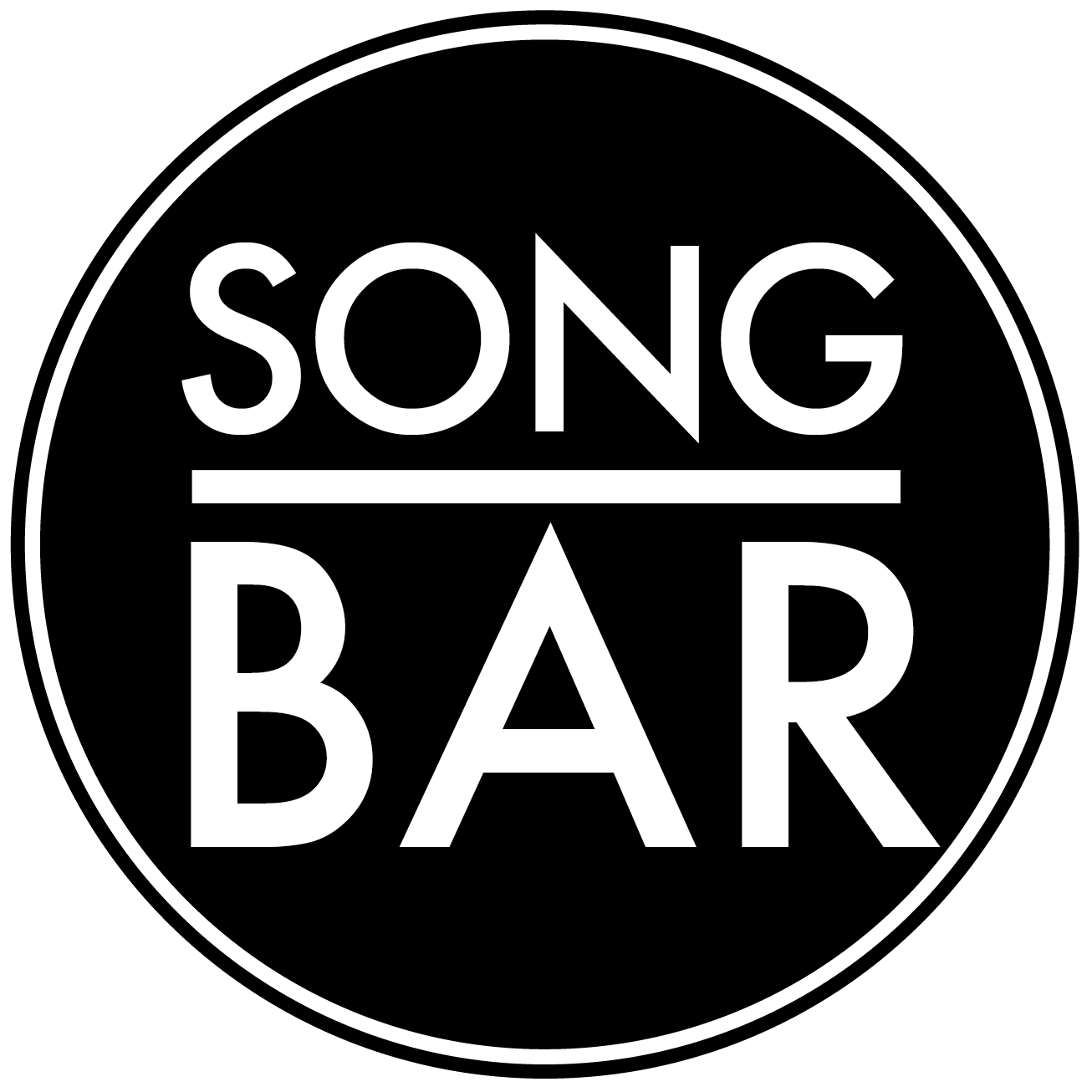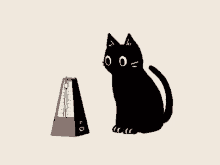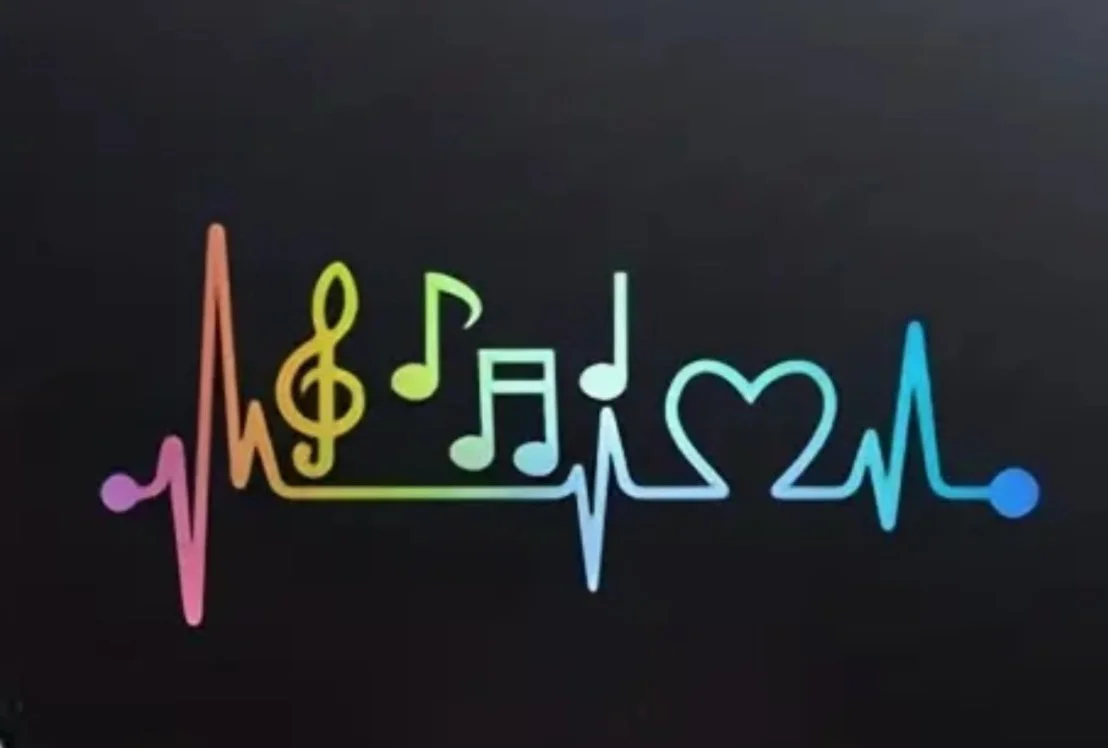By The Landlord
“In sweet music is such art,
Killing care and grief of heart.” – William Shakespeare
“The goal of life is to make your heartbeat match the beat of the universe, to match your nature with Nature.” – Joseph Campbell
“I was obsessed with the idea that no two sounds on 'Oxygene' should ever be exactly the same. I wanted a heartbeat feel, something human.” – Jean-Michel Jarre
“Repetition is based on body rhythms, so we identify with the heartbeat, or with walking, or with breathing.” – Karlheinz Stockhausen
“There is a double rhythm in all human beings. We are binary beings - two arms, two legs, two eyes, two ears. Two legs for walking. And the heartbeat thumping in our chest mirrors that.” – Paul Auster
“A speech is poetry: cadence, rhythm, imagery, sweep! A speech reminds us that words, like children, have the power to make dance the dullest beanbag of a heart.” – Peggy Noonan
We all have one, but can we control it, or is it in control of us? In tandem with the brain, this remarkable organ is the metronome of our existence. On average it beats more 100,000 times per day (moving 2,000 gallons of blood), and 2.5 billion times in a human lifetime, across 60,000 miles of blood vessels to every cell in the body except for the cornea. One cardiac cycle – the contacting and relaxing of your heart muscle, or what we call a beat, takes about 0.8 seconds.
But without warning, the sight, sound, smell or mere memory or thought of something can suddenly affect it, in – well, a heartbeat. And that’s because the processing of sound, as well as control of our heartbeat and cardiovascular system all meet in the brainstem, a deep-seated primal connection point that could explain why music can certainly affect heart rate, as well as breathing rate and blood pressure, but often the combination is beneficial.
So this week, while there’s plenty of scientific research behind it, it’s very much a subjective topic, in which we seek to explore songs and instrumentals that have a palpable effect on your bpm, whether that results in a excitable increase or calming decrease. Ideally it’s also those identifiable moments within each, whether it's the launch into a euphoric chorus, a chilling, joyous, moving or emotional phrase, a combination of instruments coming together, a particular rhythm, a melody or the inflection or tone of a voice – it’s entirely up to you.
What song or instrumentals noticeably change yours?
But what’s happening here? Circuits in the parietal and frontal lobes mediate working memory for music and other sounds and behavioural responses to sound, and whether music increases or slows heart rate, research has regularly shown that is is almost always good for lowering blood pressure.
In one study, subjects with a variety of personal tastes were asked to listen to various compositions by W. A. Mozart, Johann Strauss Jr., and ABBA for 25 minutes. Their serum cortisol concentrations, heart rate, and blood pressure were measured before and after the listening session. Of the three, Mozart appeared to have the most profound results, lowering heart rate was 5.6 ± 9.8 bpm. Listening to Strauss’s dances lowered subjects’ heart rate by a mean of 4.7 ± 9.3 bpm. The songs of ABBA also lowered the heart rate, but to a less pronounced degree: 3.0 ± 7.4 bpm. Is that a measure of the power of music?
But the heartbeat and music have been closely aligned for far longer than such studies. In his 1496 treatise, the Practica Musicae, the composer-theorist an Milan choirmaster Franchinus Gaffurius wrote that the proper measure of the musical beat should be the pulse of a healthy human, noting that the pulses of “fevered persons” undergo an increase or become unequal in ways that worry physicians. His conclusion was that “the tactus, the tempo of a semibreve, is equal to the pulse of a man who is breathing quietly— about 72 beats per minute.”
But these days perhaps 60bpm is your standard slow, calming pace:
And as a depiction of all in balance woodcut from a book’s edition of 1518 are depicts the Music of the Spheres, with tones and modes of the musical scale correlated with the Nine Muses.
Woodcut depicting the Music of the Spheres, from Practica Musicae by Franchinus Gaffurius (1496)
Even until the mid-19th century when it was replaced by the mechanical metronome, the human heartbeat provided the standard unit of measure for musical time.
But what makes for the ideal beats per minute, particularly in pop music? Dutch neuroscientist Jacob Jolij, an assistant professor in cognitive psychology and neuroscience at the University of Groningen, came up with a mathematical formula that describes the anatomy of what kind of music makes us happy. using a database containing 126 of the most popular feel-good songs from the last 50 years.
And while 116 bpm is the average commercial popular genre song pace, often used, for example, by highly successful artists such as R.E.M. or Coldplay to capture a comfortable pace for the most number of listeners, one particularly popular at festivals, Jolij’s formula came up with a faster average tempo of 150bpm and a major third musical key to create a euphoric surge, citing Queen’s Don't Stop Me Now as a perfect example.
And on the other end, another study, using subjects caught in traffic jams, found that The Temptations' Just My Imagination had the ideal pace and style for calming road rage.
What’s going on there? Neuroscientist Psyche Loui and others have traced music-induced physiological changes to a central node in the brain’s networks, called the anterior insular, with dense connections to the vagus nerve, responsible for unconscious regulation of body functions.
When music works best, we arguably connect to the pulse of the music, and perhaps sense evoked physiological states, an empathy with the performer or composer. Another study of classical music, particularly of Schubert, cites the steady pulse at the beginning of his his Trio, Op. 100, which sets a strong but serene pace, while the breathless octaves in the opening of the same composer’s Der Erlkrönig evokes the rapid heart palpitations of the fevered boy in his father’s arms, galloping through the stormy, windswept night. They identify how just heartbeats, pulse-only music, has been found to increase listeners’ ability to sense what others are feeling in a study co-authored by musician-scientist Grace Leslie.
What about when the heart itself is experiencing health problems? Here musician and composer Elaine Chew collaged music based on ECG excerpts, such as identified by cardiology professor Pier Lambiase of atrial fibrillation and other rhythm disorders. It makes for odd but fascinating results, using Beethoven and other composers to show how music can be a very useful tool for medical analysis:
But if all that is too scientific, analytical and cerebral, and you want instead to go straight to the heart of things, let’s finally dive into a couple of more popular culture examples.
For a few years now I’ve worn a sports watch to monitor my own fitness and heart rate, and it seems to be a good indicator of general health, including how well I’ve slept or how relaxed (or not) I feel. So I’ve always felt it would be fascinating to be able to see that in others, namely public figures, such as sports stars or musicians, while they are doing their thing.
It’s rarely displayed, but the only time it’s been done for entertainment purposes was in the short-lived TV quiz gameshow The Chair, hosted by former tennis player John McEnroe, known for performer under high pressure but also losing his cool. In the show, the contestants’ heart rate was continuously measured throughout compared to a "redline" threshold particularly when they were put under moments of extreme stress, such as being near flaming fireworks or with John hitting tennis balls near their face while they were trying to keep their heart rate down while answering quiz questions. Bonkers.
But perhaps a punchier evocation of outside stimuli raising heart rate, came in the form of the TV comedy series, Spaced, which included the extremely wired cycle courier character Tyres, played by comedian and actor Micheal Smiley, who in this clip, hears beats and music in literally everything, from the telephone ringing to water being poured.
So then, what music raises, or lowers your heart rate, and why? Don’t think about the scientific analysis or the musical tools at work too much, but if you can identify when in the song it occurs, even better. This week’s musical cardiologist, capturing all the affairs of the heart, is the marvellous MussoliniHeadkick! Place your examples in comments below for deadline at 11pm on Monday for playlists published next week. Beat that!
New to comment? It is quick and easy. You just need to login to Disqus once. All is explained in About/FAQs ...
Fancy a turn behind the pumps at The Song Bar? Care to choose a playlist from songs nominated and write something about it? Then feel free to contact The Song Bar here, or try the usual email address. Also please follow us social media: Song Bar Twitter, Song Bar Facebook. Song Bar YouTube, and Song Bar Instagram. Please subscribe, follow and share.
Song Bar is non-profit and is simply about sharing great music. We don’t do clickbait or advertisements. Please make any donation to help keep the Bar running:




